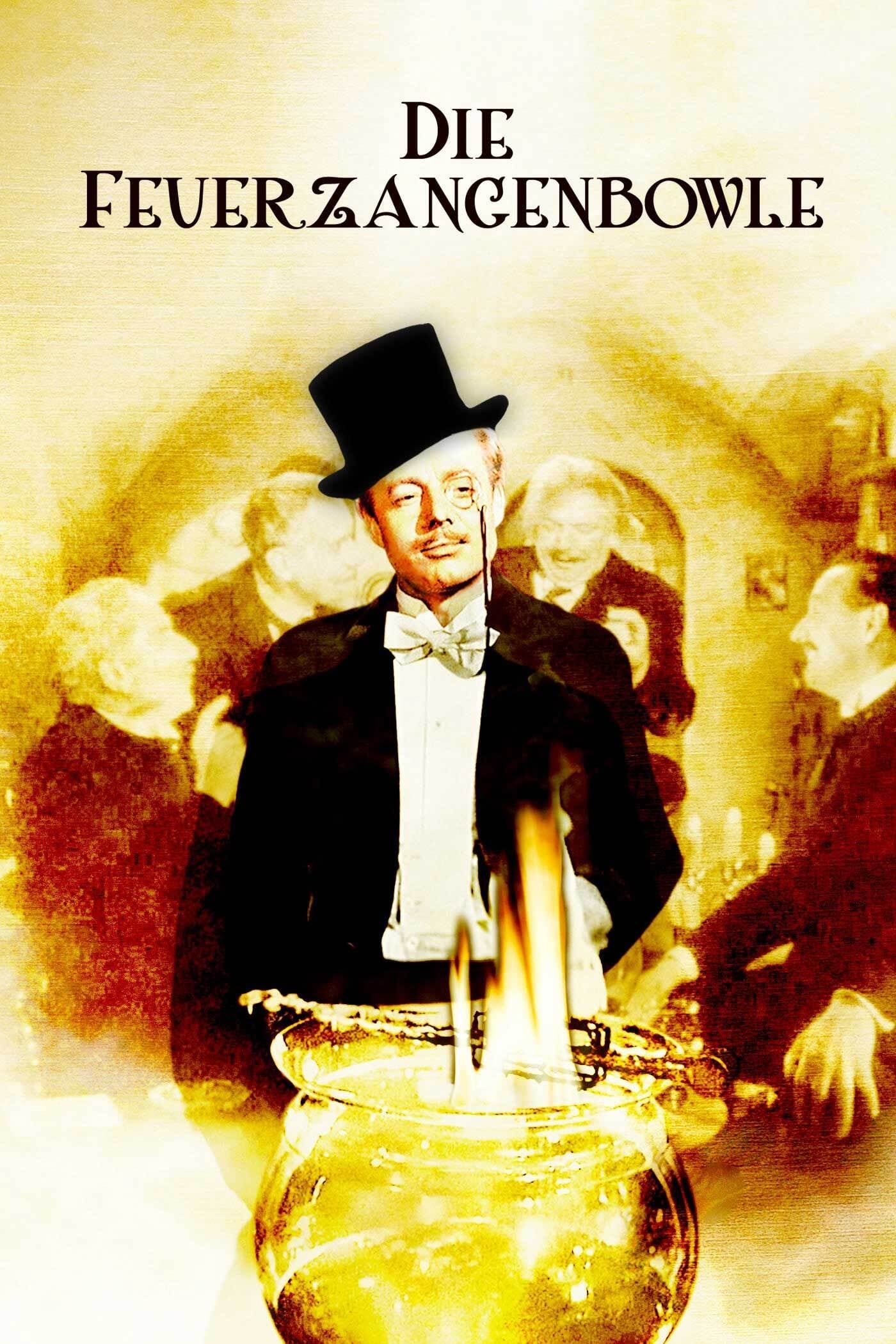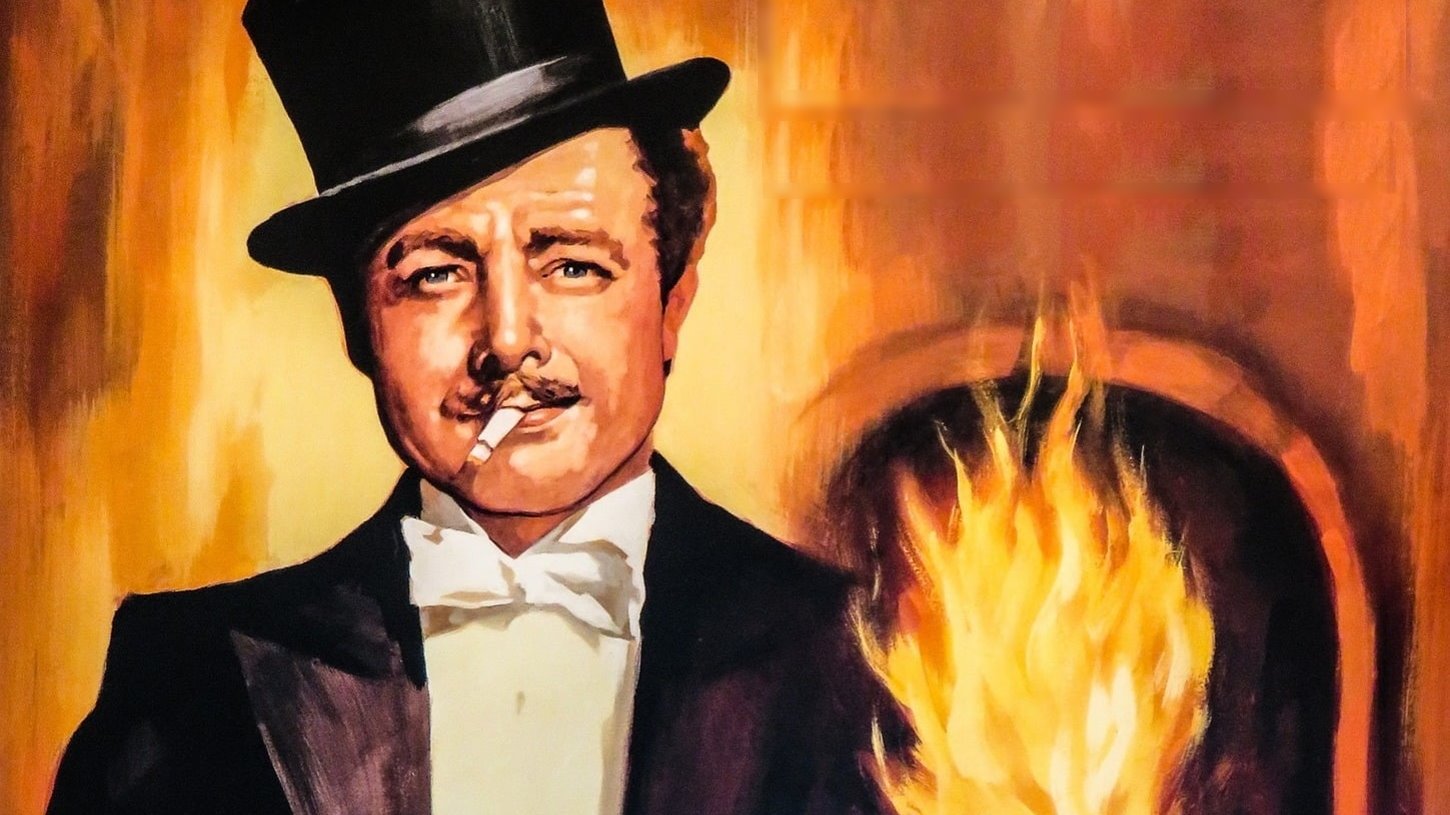The Punch Bowl: A Surprisingly Modern 1944 Noir
The 1944 film noir The Punch Bowl isn't a household name, even amongst dedicated fans of the genre. Often overlooked in favor of its flashier contemporaries, this wartime picture from director Charles Lamont offers a surprisingly mature and nuanced exploration of guilt, betrayal, and the corrosive effects of secrets – themes that resonate powerfully even today. Forget the campy antics sometimes associated with Lamont's comedies; this is a different beast entirely.
This deep dive will examine why The Punch Bowl, despite its seemingly straightforward premise, deserves a place in any serious discussion of 1940s film noir. We'll move beyond simple plot summaries to dissect its subtle characterizations, atmospheric cinematography, and surprisingly modern thematic resonance.
Beyond the Standard Wartime Plot:
On the surface, The Punch Bowl presents a familiar wartime narrative: a group of American soldiers stationed overseas get involved in a murder mystery. However, what sets it apart is its focus on the psychological toll of war and the moral ambiguities faced by its characters. The "punch bowl" itself, rather than being a literal object, functions as a potent symbol of shared experience and hidden truths, mirroring the suppressed trauma beneath the surface of the seemingly jovial camaraderie.
The Nuances of Character:
The film eschews simple good versus evil dichotomies. Characters are flawed, conflicted, and driven by motivations that are both understandable and unsettling. We are invited to empathize with their struggles even as we recognize their mistakes. This complex portrayal of human nature elevates The Punch Bowl above the typical wartime propaganda films of the era. The leading men aren't just heroic soldiers; they are complex individuals grappling with their own demons, haunted by events that overshadow the official narrative of war. This internal conflict is compellingly portrayed, making the characters far more memorable than the archetypes often found in similar films.
Atmospheric Cinematography and Score:
Lamont, though primarily known for comedies, employs a surprisingly effective use of shadow and light to create a palpable sense of unease. The dimly lit interiors and shadowy exteriors contribute significantly to the film's noir atmosphere. The score, while not overly dramatic, effectively underscores the tension and suspense, subtly heightening the emotional impact of key scenes. This skillful use of visual and auditory elements elevates The Punch Bowl above its production value, creating a film that feels far richer and more textured than its budget might suggest.
A Surprisingly Modern Perspective:
What truly sets The Punch Bowl apart is its surprisingly modern approach to themes of PTSD and the lingering effects of trauma. The characters' struggles with guilt, their inability to articulate their experiences, and the unspoken consequences of their actions foreshadow the more explicit explorations of these themes in later films and literature. This insightful commentary on the psychological cost of war makes the film strikingly relevant even to contemporary audiences.
Conclusion: A Hidden Gem Worth Discovering:
The Punch Bowl is not a perfect film, but it is a compelling and rewarding experience for anyone interested in film noir, wartime cinema, or explorations of psychological trauma. Its understated power, nuanced characters, and surprisingly modern themes make it a hidden gem waiting to be discovered and appreciated. It's a reminder that even within the seemingly formulaic landscapes of wartime cinema, there are narratives waiting to be uncovered, offering insightful reflections on the human condition that transcend their historical context. Seek it out – you won't be disappointed.


